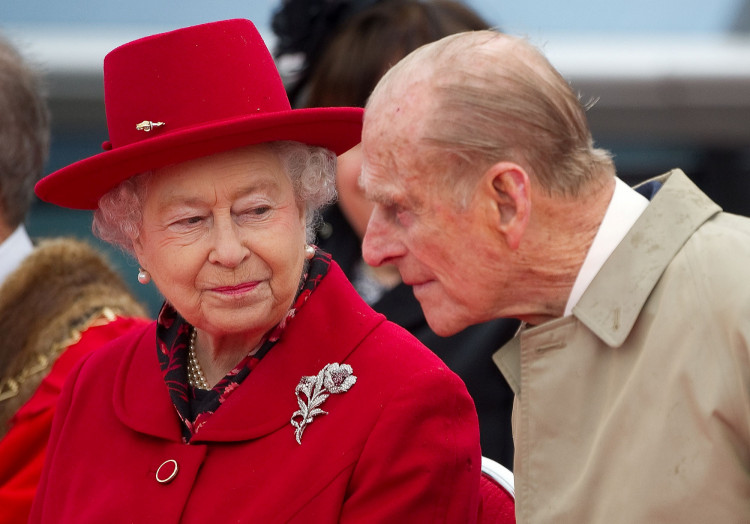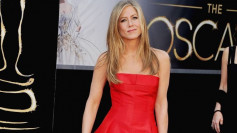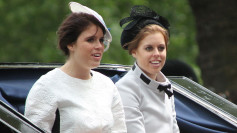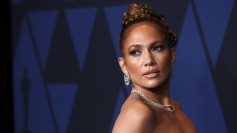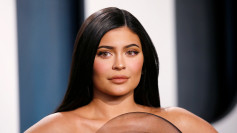Prince Philip and Queen Elizabeth II have been married for more than seven decades now. Five years before her ascension to the British Throne, the royal couple tied the knot in Westminster Abbey.
Prior to the wedding, the then-Princess Elizabeth's father, King George VI gifted a dukedom to the young Philip. This is why he became also known as the Duke of Edinburgh, Earl of Merioneth, and Baron Greenwich.
However, during this period, he was not a British Prince. It took several years before he became one.
In a report released by Express UK, Queen Elizabeth II gifted and granted the Prince title to her husband in 1957. This was already five years after she ascended to the throne. This is also probably the reason why many thought she "held back" to giving Prince Philip the style and title he now uses.
As explained, though, the Duke of Edinburgh is a royal-born Prince. He was the Prince of Greece and Denmark until he had to relinquish these titles. It was shared that he had to do it to be able to marry the then-Heir Presumptive. So, for a decade, he did not have the Prince title.
In 1952, when Queen Elizabeth II became the Head of the British Monarchy, Prince Philip became the official Prince Consort. While he has the title at that time, he was still not a British Prince. Some royal experts even speculated that this caused many marital problems between the royal couple.
But, in 1957, the Buckingham Palace, reportedly, announced that the Prince Consort has been made an official British Prince. As stated, the Queen issued a new Letters Patent to officially grant her husband the title. So, from being "His Royal Highness, Philip, the Duke of Edinburgh," he became "His Royal Highness The Prince Philip, Duke of Edinburgh."
One could argue that Queen Elizabeth II "held back" from giving the title. But, several experts and analysts, reportedly, contended that several official matters were needed to process before she issuing a new Letters Patent.
In the case of the title, Prince Consort, there has been also a huge concern about the style. Many individuals have wondered why he is not called "King," according to Harper's Bazaar.
As explained, all male royals who are married to a British Monarch will always be known as a "Prince Consort" and not a "King Consort." The case is different, however, for female royals who are married to monarchs as they will be known as "Queen Consorts."
